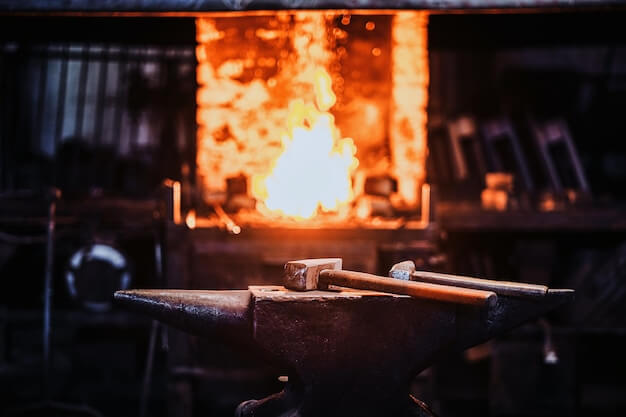Computer Numerical Control (CNC) machining is a dominant method for shaping components in manufacturing industries worldwide. It has evolved to embrace modern techniques, leading to enhanced precision, productivity, and safety in production processes. One such technique that seamlessly intertwines with CNC machining is bead blasting.
Bead Blasting: An Overview
Bead blasting is a surface treatment process widely used in various industrial applications across aviation, automotive, and construction sectors. This method involves propelling fine glass beads at high pressure against a particular surface to achieve specific finishes.
Typically conducted in controlled environments or blasting cabinets, the eight major benefits of bead blasting include cleaning and brightening surfaces, removing burrs, enhancing appearance, homogenizing surface finishing, creating matte or satin finishes, eliminating stress risers, impeding future corrosion, and not appreciably changing dimensions.
Integrating Bead Blasting in CNC Machining
In CNC machining, bead blasting plays a vital role during the post-processing stage. After raw materials go through several machining operations such as milling, turning or drilling, there may be leftover cutting fluids, swarf, rough edges or material stresses. Such imperfections can hinder subsequent phases like coating or painting.
This is where bead blasting comes in – it helps clean up and smooths out any irregularities, producing better aesthetics and functionality without compromising the dimensional accuracy of the component.
The Process Flow
First, a 3D model of the final product gets designed using Computer-Aided Design (CAD) software before being converted into a CNC program. The chosen raw material then goes under different CNC machines based on the required operations, such as routers for wood or lathes for metal removal techniques.
After fulfilling all the machining processes, the beet blasting phase begins. Operators load parts unto the blasting cabinet while ensuring proper protection equipment since the propelled beads can be hazardous. The high-pressure stream of glass beads abrades the component’s surface, effectively removing foreign contaminants and smoothing out any roughness.
Depending on the desired finishing quality or application-specific requirements, manufacturers may need to adjust certain bead blasting parameters such as pressure settings, bead diameter, or blasting time.
Often, the parts undergo a thorough cleaning process after bead blasting to ensure no residues get left behind. Finally, they are ready for downstream processes like anodization, powder coating, painting, or assembly.
Conclusion
By integrating CNC machining with bead blasting, industries can meet growing demands for high-quality products made from various materials — whether metal, plastic, wood, or ceramics. Through this combination, components not only receive accurate geometrical dimensions but also aesthetically pleasing surfaces ready for other application-related procedures.
The world of manufacturing is continually evolving, and it’s clear that techniques like bead blasting in conjunction with CNC machining will continue playing a crucial role in shaping its future. For companies looking to improve their product outcomes – from enhanced aesthetics to increased durability – considering both these practices could provide a competitive edge. As technology advances, there’s huge potential to further optimize these processes, bringing even better standards and efficiency to production floors worldwide.
Other Articles You Might Enjoy
- Navigating the World of Bead Blasting in CNC Machining(milling machining Miriam)
Bead blasting, a commonly used process among industries worldwide, represents an integral part of computer numerical control (CNC) machining. This versatile surface treatment method involves restoring, cleaning, and smoothing surfaces…
- Revolutionizing Renewable Energy with CNC Machined Components
Introduction: Renewable Energy and CNC Machined Components Renewable energy harnesses power from natural sources such as the sun, wind, and water, making it a sustainable and eco-friendly alternative to traditional…
- Is Copper the Right Choice for Electrical Component CNC Machining? A Detailed Analysis
CNC Machining of Electrical Components Utilizing Copper In the field of electrical engineering, Computer Numerical Control (CNC) machining plays an integral role, particularly in the development and manufacturing of electrical…









